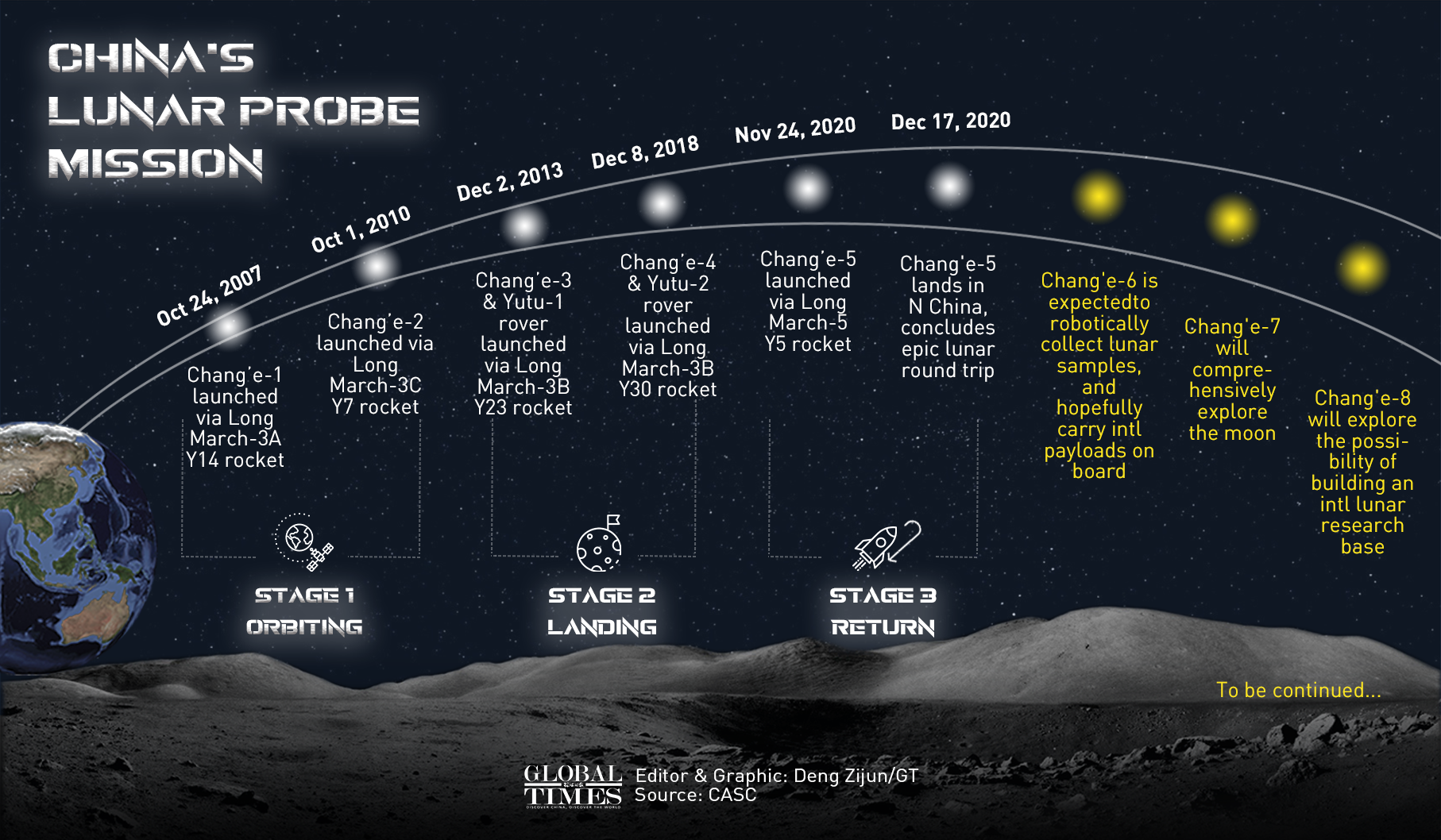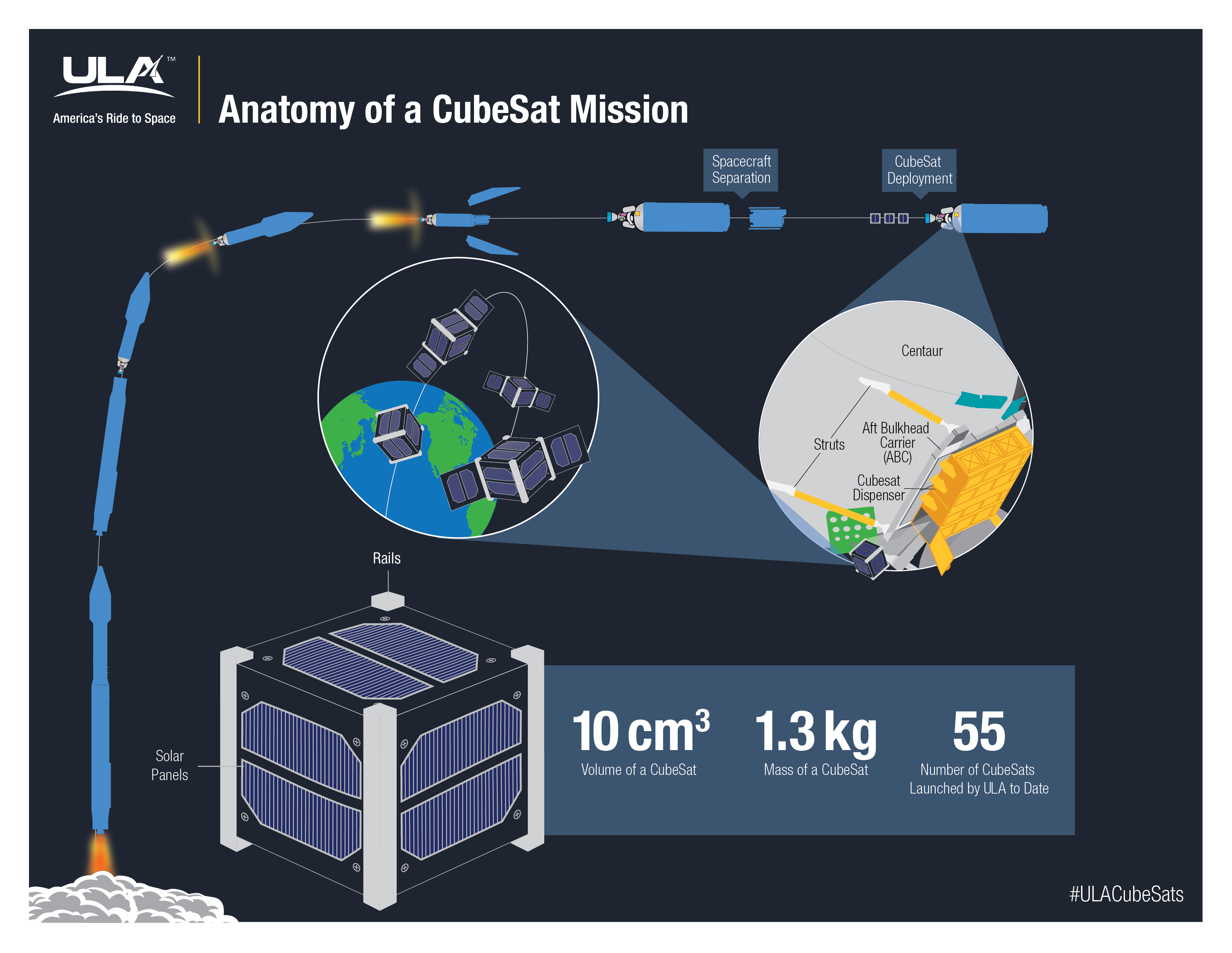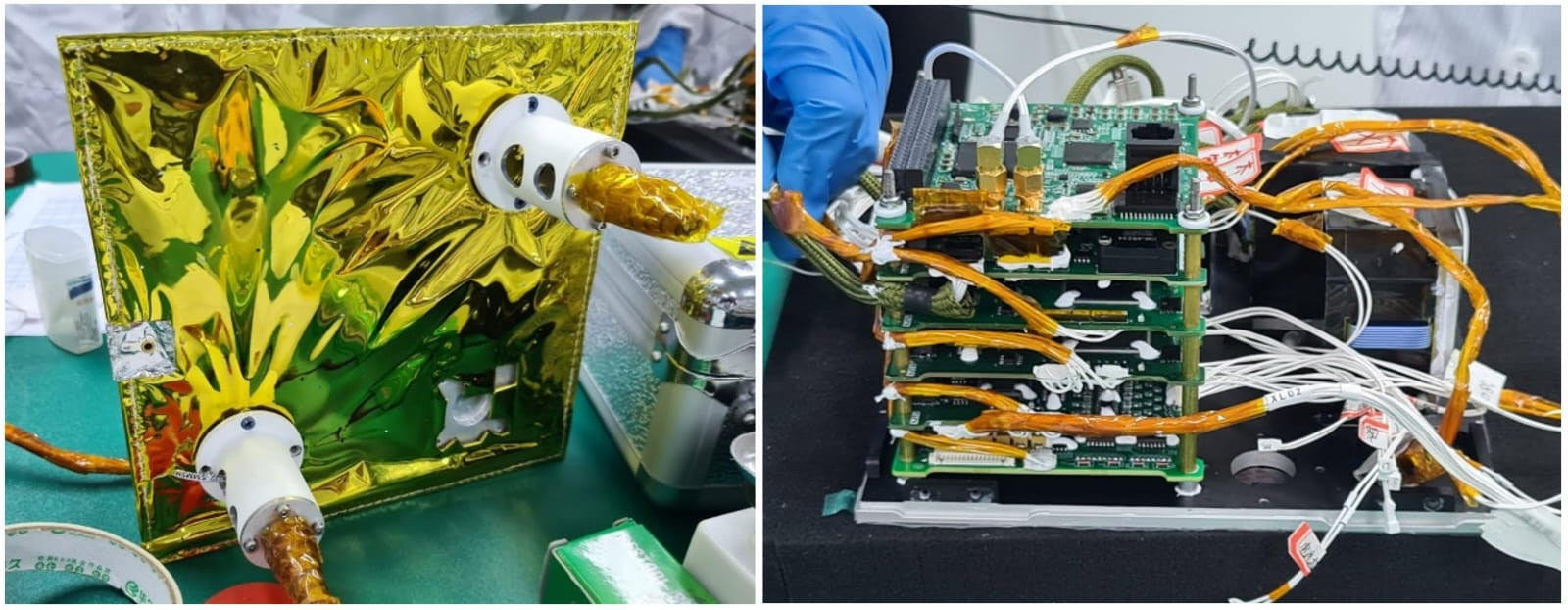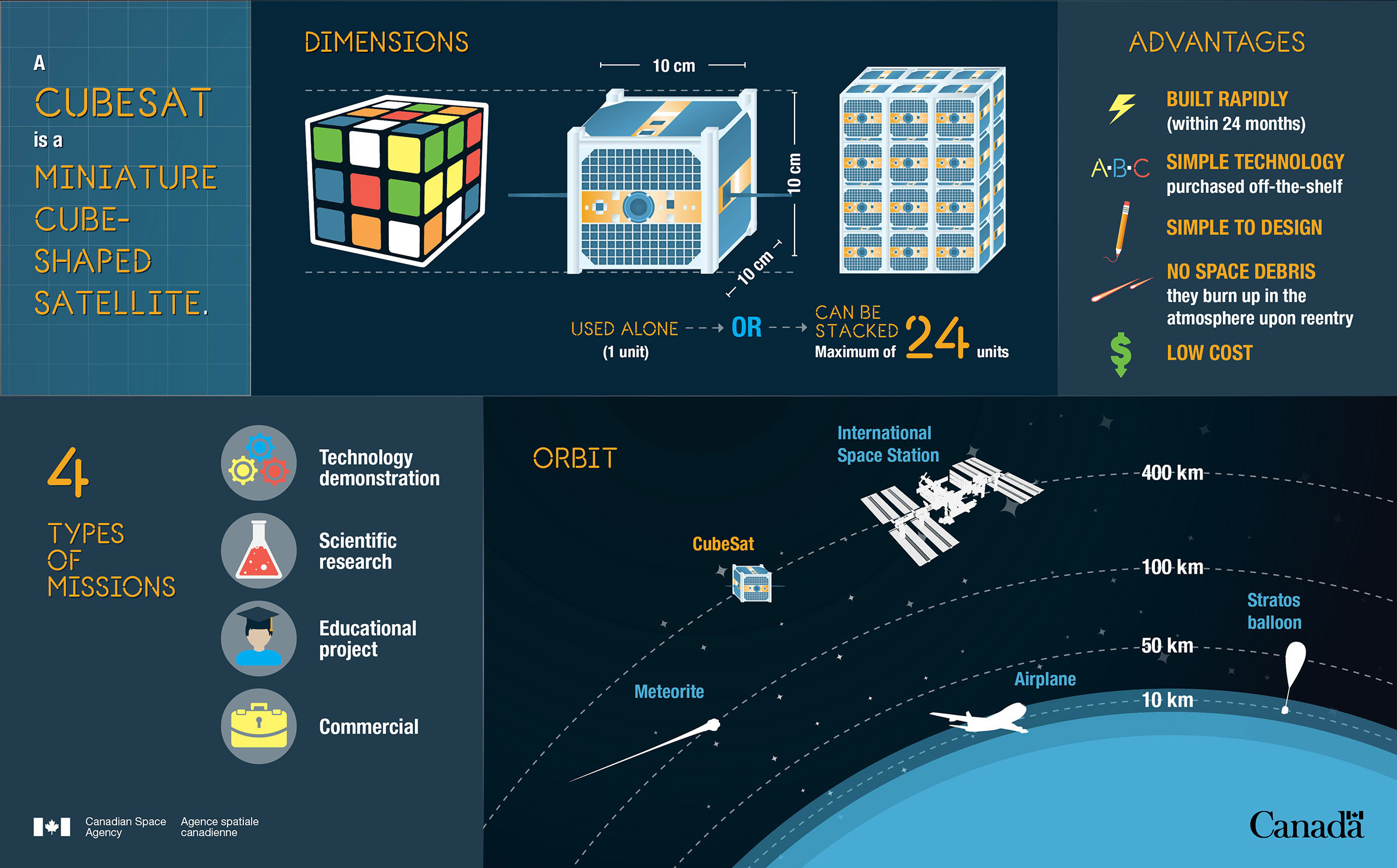When major scientific milestones from other nations grab international headlines, it is easy for people in countries like ours to feel ‘left behind’. Amid the doom and gloom of the 24-hour news cycle, that experience can be amplified, perpetuating what one of last century’s greatest scientific minds called a ‘sense of inferiority’ among our youth.
Lost between this din are genuine achievements representing the efforts of our nation’s brightest. While they may appear modest in comparison at times, advancement and scientific progress can only happen one step at a time.
Without much fanfare till now, next month is set to mark a pivotal chapter for Pakistan’s space programme and lunar ambitions. A lunar CubeSat, crafted by Pakistani students and researchers, is slated for launch in the first week of May as part of China's Chang'e 6 lunar mission, a noteworthy milestone in collaborative efforts between the two strategic partners on the cosmic stage.

Answering the call
Named ICUBE-Qamar, or ICUBE-Q for short, the CubeSat scheduled for launch next month was designed and developed by Pakistan’s Institute of Space Technology (IST) in collaboration with the Pakistan Space and Upper Atmosphere Research Commission (SUPARCO), Asia Pacific Space Cooperation Organisation (APSCO) and China's Shanghai Jiao Tong University (SJTU).
Through APSCO in 2022, the China National Space Agency (CNSA) offered member states the unique opportunity to send a student-built payload to the moon onboard the Chang'e 6 mission. IST pitched a proposal for a lunar CubeSat in response to the call and following a rigorous evaluation process, the ICUBE-Q project was ultimately selected.
Having successfully launched its first CubeSat, ICUBE-1, in 2013, IST had a proven track record in CubeSat development. The design and development of ICUBE-Q represents a collaborative effort between IST faculty and students, SUPARCO, and SJTU. Following successful qualification and testing, the ICUBE-Q has been integrated with Chang’e 6 mission.

Payload and mission
The ICUBE-Q project consists of three main parts overall: the CubeSat itself, the separation mechanism that includes the power control box, and the mounting bracket. The CubeSat weighs approximately seven kilogrammes and carries two one-megapixel optical cameras to image the lunar surface. It also features essential systems for attitude control, thermal management, and deep-space communication.
The primary objectives of the ICUBE-Q would be achieved upon the CubeSat’s successful separation into lunar orbit from Chang’e-6 Orbiter and the use of the orbiter camera to record the release process of ICUBE-Q. The successful reception of beacon signal from ICUBE-Q, which would confirm successful operation of the CubeSat, is considered the secondary objective. Tertiary mission success would entail taking pictures of the orbiter, the earth and the moon, especially of two or three of these objects together, and obtaining lunar magnetic field data to establish a lunar magnetic field model and lay the foundation for subsequent international cooperation on the moon.

What is a CubeSat?
CubeSats are miniature satellites typically characterised by their small size and standardised design. They are constructed in a cubic shape and consist of modular components that adhere to specific size constraints. These satellites often weigh no more than a few kilogrammes and are deployed in space for various purposes.
The primary purpose of CubeSats is to facilitate scientific research, technology development, and educational initiatives in space exploration. These satellites are utilised for a wide range of missions, including Earth observation, remote sensing, atmospheric research, communications, astronomy, and technology demonstration.
Due to their compact size and relatively low cost compared to traditional satellites, CubeSats offer opportunities for universities, research institutions, and commercial entities to participate in space missions and gather valuable data for scientific advancement and innovation. They serve as platforms for testing new technologies and concepts, enabling access to space for a broader range of users and promoting collaboration within the space community.
1713664517-4/WhatsApp-Image-2024-04-19-at-5-54-01-PM-(1)1713664517-4.jpeg)
The Chang’e 6 mission
The Chang’e 6, as the name implies, is the sixth in a series of missions launched by China from 2007 onwards as part of its lunar exploration programme. Scheduled for launch on May 3, the robotic mission will touch down on the far side of the moon to collect lunar samples from the surface and return them back to Earth for research.
China’s lunar exploration programme is being conducted in four phases of incremental technological advancement. The goal of the first phase, to reach lunar orbit, was achieved by the first two Chang’e missions in 2007 and 2010. The objective of the second phase, to land and rove on the moon, was accomplished by the third and fourth missions in 2013 and 2019.
Chang’e 6, like Chang’e 5 in 2020, is part of the third phase that involves the collection of lunar samples and bringing them back to Earth.
Unlike the Chang'e 5 mission which returned in excess of 1.73 kilogrammes of material from the northern hemisphere of the lunar near side, the Chang'e 6 will attempt to land and return material from the southern hemisphere of the lunar far side. The mission's lander will try to collect up to two kilogrammes of lunar far-side material.
In addition to the Pakistani ICUBE-Q, the science payload of Chang’e 6 will also contain a French instrument called DORN (Detection of Outgassing Radon) to study the transport of lunar dust and other volatiles between the lunar regolith and the lunar exosphere, including the water cycle; an Italian instrument called INRRI (INstrument for landing-Roving laser Retroreflector Investigations) consisting in a passive laser retro-reflector to be used for laser range-finding of the lander; and the Swedish NILS (Negative Ions on Lunar Surface), an instrument to detect and measure negative ions reflected by the lunar surface.

Future Pakistan-China space plans
Despite its status as a milestone, the ICUBE-Q is only the tip of the iceberg as far as impending collaboration on space and lunar research between Pakistan and China is concerned. Last year, Pakistan also joined the club of nations partnering with China on an ambitious project to build a research station on the south pole of the moon, the objective of the fourth phase of China’s lunar exploration programme.
The China-led International Lunar Research Station (ILRS) project aims to construct a permanent lunar base in the 2030s, with precursor missions in the 2020s, according to reports. The project is planned to run parallel to and seen as a potential competitor for the NASA-led Artemis Programme.
CNSA and SUPARCO have also signed a Memorandum of Understanding on cooperation on space debris and space traffic management.
While comparisons are often made between Pakistan and India, especially in the aftermath of the latter’s successful missions to the moon and Mars, given the disparity in the two countries’ economies and infrastructure, such judgements are usually undue. Speaking to The Express Tribune, experts associated with Pakistan’s space research endeavours sought to underscore the country’s lunar achievements and ambitions in the face of limited resources. They called for appreciating the efforts the country’s scientific minds continue to make despite constraints and the fact that Pakistan continues to be among an exclusive club of countries with an active space programme.
